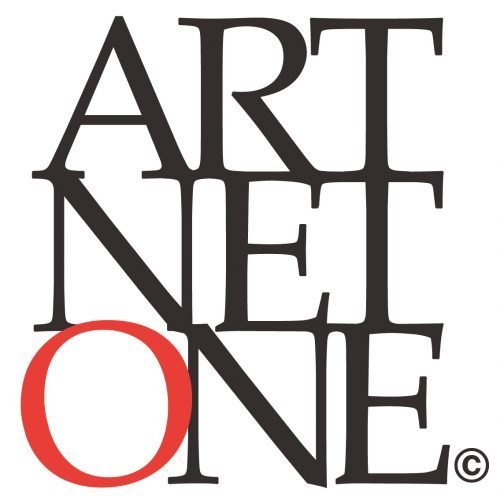Susan Bright Lautmann Hertel
Susan Bright Lautmann Hertel was born July 19, 1930, in Evanston Illinois, a twin daughter of Herbert Moses Lautmann and Edith May Shultz Lautmann. One of four siblings, Susan grew up in Highland Park, Illinois outside Chicago. The family spent summers at Lake Geneva Wisconsin and later in Arizona. Throughout these experiences, Susan became deeply attached to both the natural world and Native American life. Her early interest in horses is manifested in voluminous childhood sketchbooks from classes at the Chicago Art Institute.
In 1948 Susan entered Scripps College in Claremont, California where she studied drawing with Millard Sheets, design with Jean Ames, sculpture with Albert Stewart, and painting with Henry Lee McFee. From this time period, Susan formed lifelong friendships with other developing artists, including during her studies at the Kann Art Institute in Los Angeles during the early ’50s. Of a trip to Europe in 1955, she recalled: “The most important thing happened just days before I came home. In Paris, I saw my first Bonnards. They opened up a whole new wing for me. Here was a painter who organized shapes and patterns in a way that was completely compelling to me, and his subjects were from his own personal environment. That, I realized, was what I wanted to paint also.”
Susan became the artistic assistant to Millard Sheets who was expanding his career into architectural works, stained glass, sculpture, and mosaic murals. This was to begin a twenty-six-year collaboration, which led to the design and production of many significant works throughout the United States. All the while, she continued as a painter and until her death regarded this as her primary work as an artist. Adapting a method she had developed in the production of public murals, Susan used photographs of her family and animals as a starting point for drawings and gouache studies, in which she arranged and rearranged compositions in preparation for each full-sized oil on canvas painting. In 1958, Susan married artist/teacher Carl Hertel and eventually established Barking Dogs Ranch in the Glendora foothills. They raised five children, Arabian horses, Nubian goats, dogs, cats, chickens, and various other animals, all of which came to dominate her imagery of that period.
